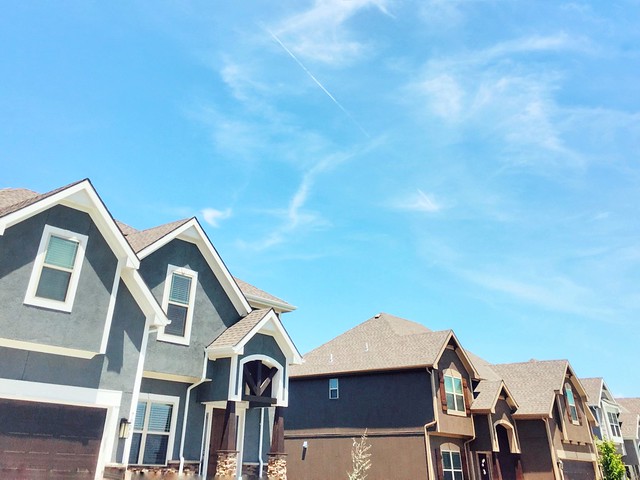According to the Mortgage Bankers Association’s Weekly Applications Survey, average mortgage rates increased last week from the week before. Rates were up across all loan categories, including 30-year fixed-rate loans with both conforming and jumbo balances, loans backed by the Federal Housing Administration, and 15-year fixed-rate loans. Joel Kan, MBA’s associate vice president of economic and industry forecasting, says rates are reacting to uncertainty. “The spread between the conforming 30-year fixed mortgage rate and both ARM and jumbo loans remained wide last week, at 118 and 45 basis points, respectively,” Kan said. “The wide spread underscores the volatility in capital markets due to uncertainty about the Fed’s next policy moves.” Despite higher rates, though, demand for home purchase loans was relatively unchanged last week, moving 0.2 percent higher from the week before. The MBA’s weekly survey has been conducted since 1990 and covers 75 percent of all retail residential mortgage applications. (source)













